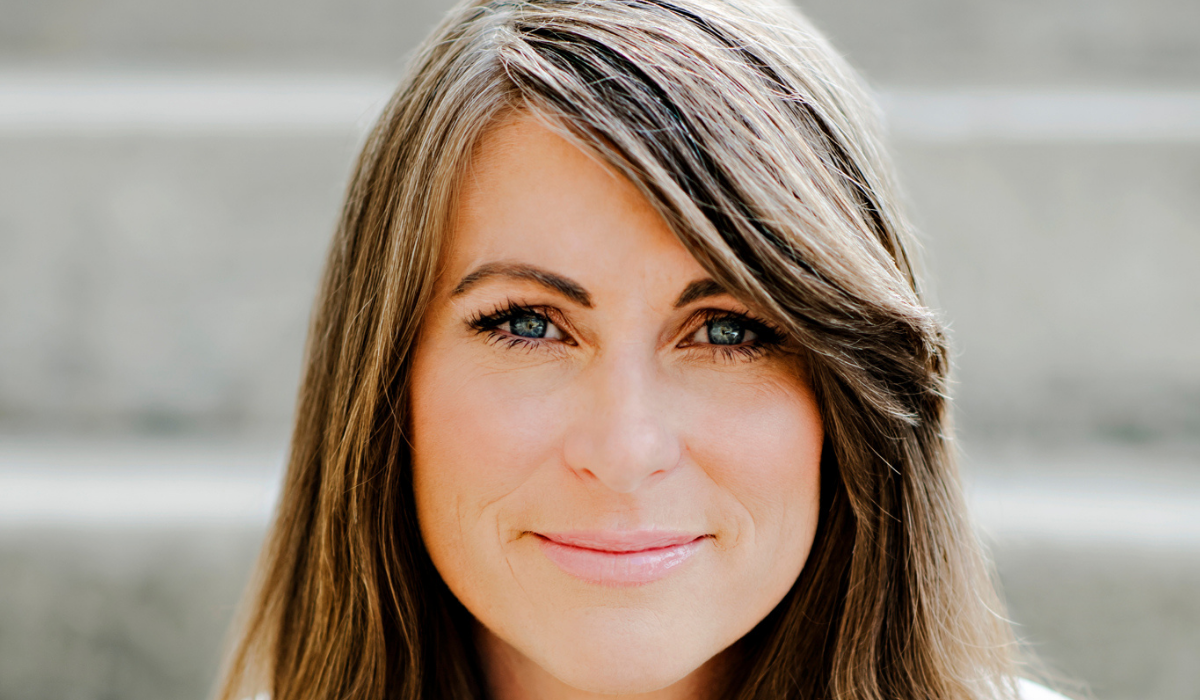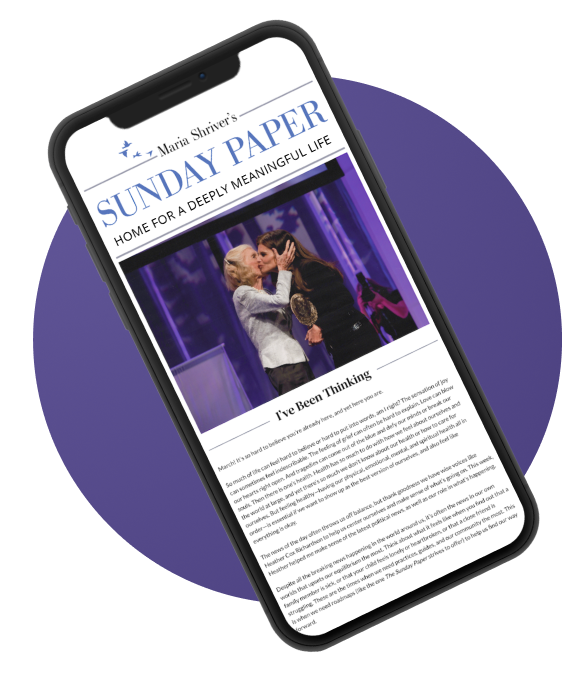The Great Burnout Epidemic: Even if You Love Your Work, You Can Be a Victim. Here’s How to Avoid Making it Your Everything

During the height of the COVID-19 pandemic, Jennifer Moss faced the same kind of challenges so many of us did, juggling work, homeschooling her kids, and the stress of fearing for the health of her loved ones.
At the time, Moss was working on her new book, The Burnout Epidemic: The Rise of Chronic Stress and How We Can Fix It. Seemingly overnight, she went from writing the book in her quiet house for long stretches during the day to having to work in her bedroom, trying to ignore what she likened to a real-life version of The Loud House outside her bedroom door.
“The reality is that everything had changed, but the expectations hadn’t,” says Moss. “We still needed to hit deadlines, meet goals, learn, execute, and deliver. I started to burnout while writing a book about burnout.”
The irony didn’t escape Moss.
Luckily, researching and writing a book about burnout and chronic stress armed Moss with tools to recognize what was happening—and to make some changes before her physical and emotional health took a hit. We sat down with Moss to ask her about the burnout epidemic in our country, how the pandemic made it so much worse, and what she learned that can help all of us create a healthier relationship with work.
A Conversation with Jennifer Moss
How did you end up writing a book about burnout?
In 2019, I wrote an article called When Passion Leads to Burnout for the Harvard Business Review that was so popular. In it, I talked about how the well-worn advice about loving your job—you know the old saying, “If you do what you love, you’ll never work a day in your life!”—is total B.S.. In fact, it leads to obsessive passion, where we find ourselves saying things like, “I love to read emails on vacation!” or “I really love working on Sunday!” But then we aren’t spending time with our families, and we find ourselves choosing work over pleasure and self-care, and before we know it, we’re exhausted, depleted, and not able to give what we should to our work—and our work (not to mention our health, relationships, and lives!) suffer.
For years, I’d been a consultant helping leaders combat chronic stress and witnessed the pernicious effects of burnout firsthand. And then the pandemic took the problem to epidemic levels. Now, we’re beyond burned out. I want to help more people notice the signs or burnout before it goes too far, and I want to help leaders really walk the talk and become more conscious of how their behavior may be creating invisible pressure on their employees.
OK first, what are some of the signs of burnout?
In short, burnout is characterized by three things: feelings of energy depletion or exhaustion; increased mental distance from one’s job, or feelings of negativism or cynicism related to one’s job; and reduced professional efficacy. There are six main causes of burnout: workload; perceived lack of control; lack of reward or recognition; poor relationships; lack of fairness; and values mismatch.
I suggest you measure how depleted and exhausted you feel every week. Are you feeling tired during the day a couple times a week? That’s one thing. Are you totally exhausted most nights of the week, and that exhaustion hasn’t let up for months? That’s burnout. Did you used to love your job but now you don’t even know why you’re doing it because you work so hard? Are you feeling cynical all the time, with little hope that things will change or no idea how the work you’re doing is actually helping others? These are more signs of burnout. Once you can identify these feelings and how often they’re happening, you can start to come up with strategies to help you cope—which might mean taking a vacation, trying to get more rest, disconnecting (completely!) from digital devices, and connecting with our social networks (in person, if possible!) more often.
And while employees are ultimately responsible for their own happiness and satisfaction at work, it is imperative that leaders provide the conditions that support that happiness. We need to stop talking about burnout like it’s a problem you solve with yoga or breathing better or working out. Change must be institutional. Telling employees (or yourself, if you’re self-employed) to “manage your workload better” isn’t going to work. Leaders (and that means you, if you’re your own boss) must model the behaviors that prevent burnout from happening, like truly disconnecting from work on weekends instead of sending emails with a note that says, “You don’t have to reply until Monday!” Behavior like this creates invisible pressures that your employees will feel—and that’ll increase the odds that they’ll experience burnout.
So many of us feel more addicted to work than ever before—compelled to be reachable 24/7 and to be as efficient and productive as possible. Why?
We’re products of a technology addiction that has only become more addictive. Since the pandemic, people have increased connectivity substantially. When NordVPN tracked user data, it found employees are logging in between midnight and 3 a.m., which is something that didn’t happen before 2020. Not only that, but the use of our devices has gone up 20% in just one year. That’s a dramatic shift! Our technology has developed to be more addictive. Add to that the pandemic, when most of us were socially isolated and the only way we could communicate with each other was via our devices. Now that so many companies are going remote, this problem is getting bigger—and we’re getting lonelier.
The research on how to prevent burnout is counterintuitive in a way, because we see burnout prevented by inspiration and passion. But that’s a double-edged sword: If we’re passionate about what we do, inspired, feel engaged, and know we’re doing valuable work it’s a wonderful feeling. And the feedback we get can be really addictive! But you also have to recognize when things are becoming obsessive.
How do you set work boundaries that prevent you from burning out?
I’m really careful with what I say “yes” to by fitting most of my decisions into my priority schematic, which is one question: If I say “no,” will this be a deathbed regret?
For me, deathbed regrets would be not having satisfying, healthy, productive relationships; not being a good person; not contributing to my community; not being a good mother and spouse. So, if I find myself answering email at 11 p.m. or I’m not picking up my kids from school because of a work commitment, I know I’ve gone out of my priority schematic—and I make some changes.
For those of us who feel fried and want to forge a healthier relationship with work, where do we start?
First, we must recognize that what we’re currently doing is unsustainable. According to research I conducted with support from Harvard Business Review of more than 1,500 people in 46 countries—all of whom were in various sectors, roles, and seniority levels—89% said their work life was getting worse, 85% said their well-being had declined, 56% said their job demands had increased, and 62% said they were struggling to manage their workloads and had experienced burnout “often” or “extremely often” in the previous three months.
I worked at a startup for years and in that world, we’d often say, “OK, how do we not waste a crisis?” The last 20 months have been just that—a crisis—so how do we not waste it? I believe the answer is by changing our behaviors. For me, it goes back to those deathbed regrets: What do you want in life? How can you create more boundaries to ensure sure work remains a harmonious passion, not an obsessive one? Because the payoff is huge! Working more than 55 hours a week leads to decreased lifespan. The end of your life may seem so far off but think of it this way: Burnout now could mean missing your granddaughter’s wedding, or the birth of your great grandson!
At the end of the day, we all want to feel engaged and inspired by purposeful work. But we have to be careful. When it feels like your passion for work has become all-consuming—or if you’re a leader and you start to notice this is the case in one or more of your employees—it’s time to take (or to offer!) a break.
Jennifer Moss is a Harvard Business Review contributor and nationally syndicated radio columnist. She also sits on the Global Happiness Council—a small group of leading scientists and economists that support the UN’s sustainable goals related to global well-being and the Annual Global Happiness Policy Report. Prior to this, Moss worked in Silicon Valley, eventually joining Barack Obama’s California social team during his historic presidential campaign. To learn more visit jennifermoss.com. Her latest book is The Burnout Epidemic.

